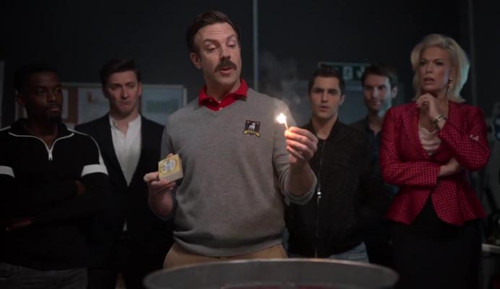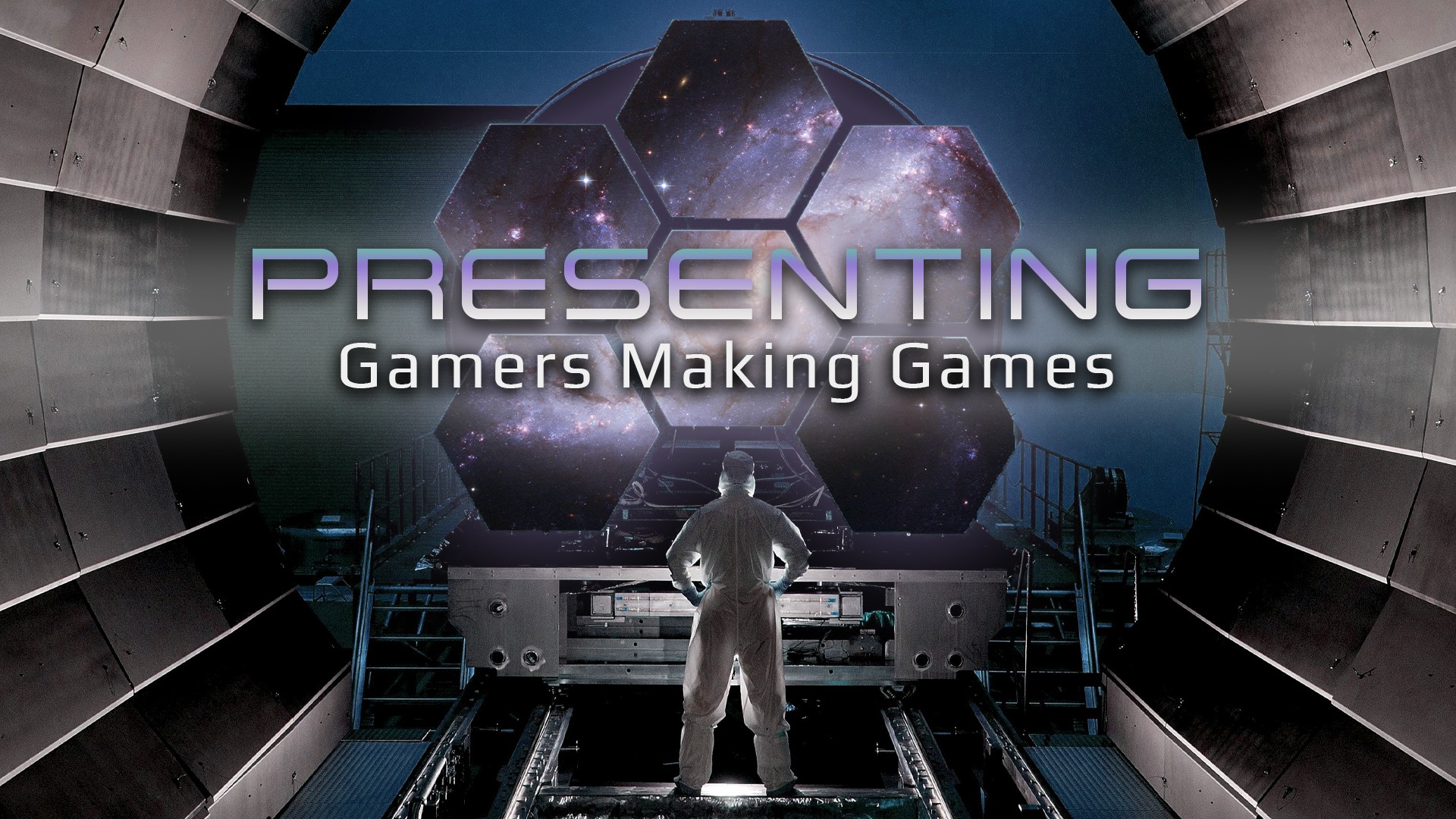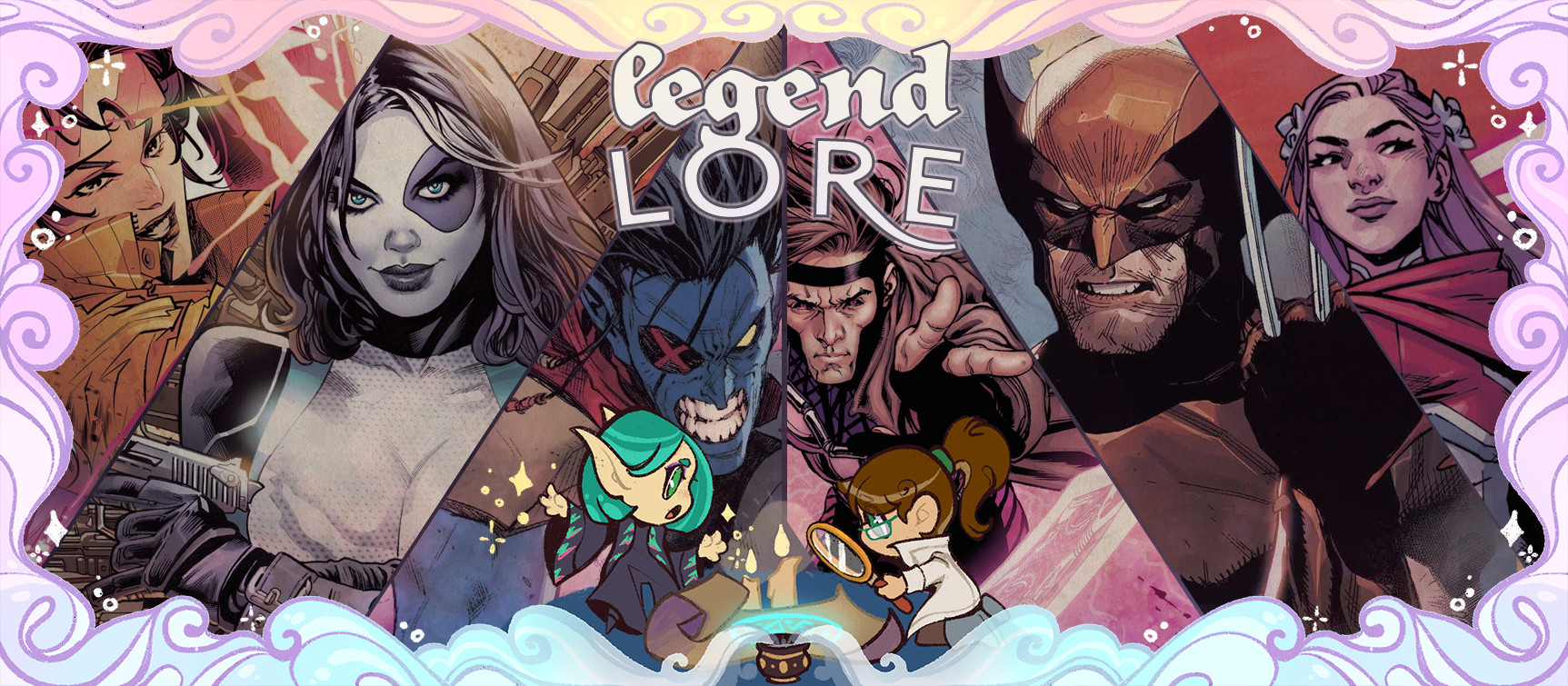Hey, have you heard of Ted Lasso? I bet you have. I bet you have friends who love Ted Lasso. And I bet they insist that you have to watch it because you’ll love it. I have friends like that.
They were so right.
Not only did the AppleTV sports dramedy deliver every bit of charm I was promised, a season one scene gave me an idea for helping my players establish their characters in my next campaign. But before I get into that…
What Is Ted Lasso?
Ted Lasso is a heartwarming and emotional comedy about an American football (gridiron) coach hired to coach an English football (soccer) team. More than just hilarity ensues.
Developed by Bill Lawrence (as well as series star Jason Sudeikis and his longtime collaborator Brendan Hunt), it juggles humour and pathos in the same vein as other Bill Lawrence shows like Scrubs and Clone High, with an emphasis on big but nuanced characters. Not unlike a party of RPG characters.
The Scene
In the episode Two Aces, after a new star player’s injury, Ted learns that there’s a superstition revolving around the club’s treatment room. To lift the curse, he asks everyone on the team, including management, to bring in something meaningful to them. They take turns explaining the meaning of the item before throwing it in a barrel to be burned.
Two Aces is the sixth episode of the first season. By this point, we’d met the main characters and their closest supporting characters. However, this being a show about a team sport, we’d seen another dozen recurring characters but knew barely anything about them.
Unfortunately, the scene mostly focuses on the characters we already know. The sacrifices of a few tertiary characters play for laughs, then music plays over a montage of some of the other background characters making their sacrifices. It makes sense for a 30 minute episode, where we want the insight into the characters we already know and love and don’t have time to give even 30 seconds each to all thirty characters in the room. Still, I wished for a longer cut of the scene, because it gave amazing insight into what makes these people tick. Which is what inspired me.
The Idea
That. Do that scene.
Set up a scenario early in a new campaign that gives players an opportunity to explain an element of their backstory, maybe even sacrifice a token of their past. I predict that this meaningful moment will resonate greater than an in character conversation en route to a mission, or an info dump during session zero. A player could say their character killed a plant creature that threatened their family, but sacrificing the bark they stripped off the creature’s corpse as a souvenir matters more than words.
I famously don’t like forcing players to write out their backstories. One of the reasons is because I find myself beholden to the written word when I do. As a player, I usually go into a campaign with a solid idea of who my character is and how to roleplay them. Within a few sessions, I realize my ideas weren’t as solid as I thought. Then, through organic exploration, I discover who my character really is. Having a backstory written down interferes with the natural progression toward actually getting into roleplaying my character.
Sacrifices Must Be Made
Ted Lasso’s curse purification scene is a great way to bring a character’s backstory to the table, regardless of how your player presents it. By asking our players to talk about something that means a lot to their characters, and be willing to sacrifice it, we’re drawing a line between who the character was (backstory) and who they are now. We also give each player an opportunity to tell us about their character, but in a specific context.
In a Pathfinder campaign, this could be a haunt prohibiting access to a dungeon unless a sacrifice of the heart is made (hopefully without players misunderstanding that and carving an organ out of a pig or villager). In a G.I. JOE campaign, this could be a recruitment tool to see if the character is willing to give up who they once were to take on a code name and join the team. In a Transformers game, this could be a piece of their life on Cybertron that they reflect on when they find it shattered on the floor of The Ark.
If your players aren’t the type who like to make sacrifices, the character making the sacrifice could be an NPC. This is just as good of a way to get your players to see a background character in a new light, and can help establish an important for your campaigns.
Conclusion
Every item we own has a story behind it, and some meaning to us. The same should be true of the characters in our campaigns, my fellow GMs. Asking the players to conjure up a physical manifestation of part of their characters’ backstories, or create a backstory for an innocuous item in their inventory helps ground our campaigns and the characters in it. How seriously they take it is up to the players. If my players turn it into a joke, I’ll say I love it. If not, I cannot wait to unpack it with them.
Every two weeks, Ryan Costello uses his experience as a Game Master, infused with popular culture references, to share his thoughts on best GMing practices to help his fellow GMs. Often deconstructing conventional wisdom and oft repeated GMing advice, he reminds his fellow GMs that different players play the game in different ways, and for different reasons.








